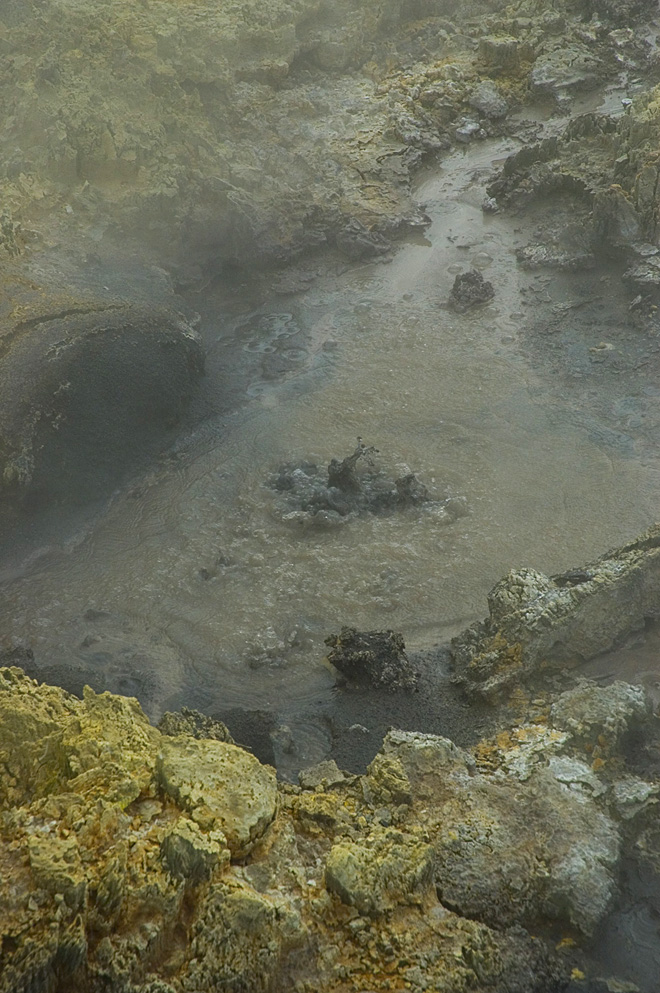Scientists have discovered one of the world's hardiest species of bacteria - methane-burning microbes that can tolerate temperatures of over 70 degrees C and thrive in acid stronger than you'd find in a car battery.
 Known as Verrucomicrobia, the bacteria have been discovered by two independent research groups, one based in New Zealand, the other in Europe. The New Zealand-based team made their discovery at a site in Hell's Gate, a geothermal region of North Island. Examining the soil in a woody area that had recently been killed by escaping hot steam, the researchers measured the temperature, acidity and methane concentrations at different depths. They were surprised to find that at about 20cm down, where the temperature was 70 degrees and the soil was reasonably acidic, methane levels suddenly nose-dived, suggesting that something at this depth was consuming the gas. From samples collected at this depth the team were able to culture a thriving colony of microbes that were eating methane. The bugs were pulling off their chemical stunt using an enzyme called MMO - methane monooxygenase, which can convert methane to methanol; the bugs then convert the methanol to carbon dioxide, extracting energy in the process. The European team uncovered a similar bacterium living in the equally harsh conditions of a fumarole near Naples.
Known as Verrucomicrobia, the bacteria have been discovered by two independent research groups, one based in New Zealand, the other in Europe. The New Zealand-based team made their discovery at a site in Hell's Gate, a geothermal region of North Island. Examining the soil in a woody area that had recently been killed by escaping hot steam, the researchers measured the temperature, acidity and methane concentrations at different depths. They were surprised to find that at about 20cm down, where the temperature was 70 degrees and the soil was reasonably acidic, methane levels suddenly nose-dived, suggesting that something at this depth was consuming the gas. From samples collected at this depth the team were able to culture a thriving colony of microbes that were eating methane. The bugs were pulling off their chemical stunt using an enzyme called MMO - methane monooxygenase, which can convert methane to methanol; the bugs then convert the methanol to carbon dioxide, extracting energy in the process. The European team uncovered a similar bacterium living in the equally harsh conditions of a fumarole near Naples.
In both cases the microbes almost certainly help to sop up methane from the Earth's crust that would otherwise contribute to the atmospheric budget - and who knows, it might even be possible to press-gang these microbes into service to help us to combat global warming by dealing with man-made methane.









Comments
Add a comment